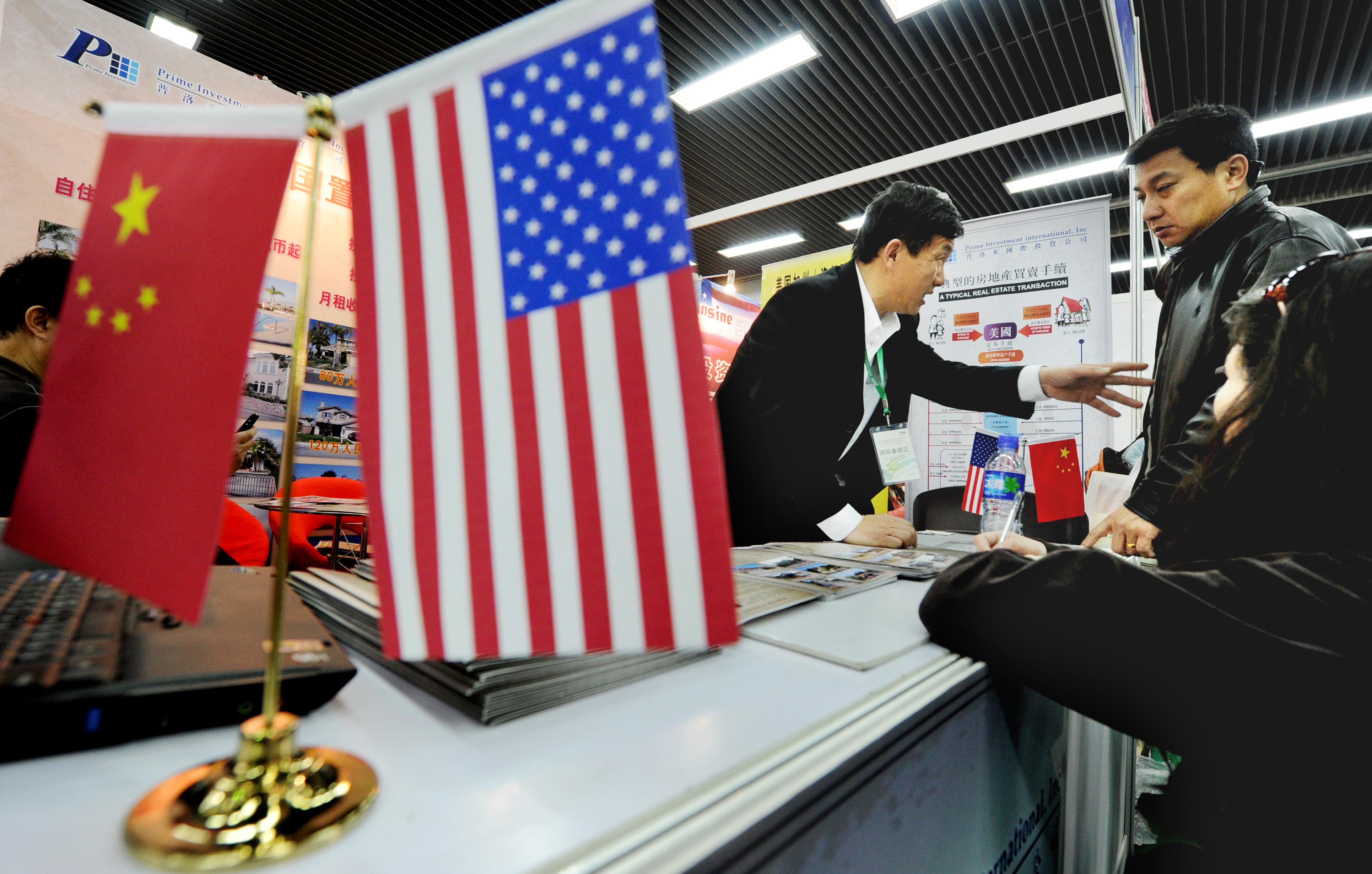When demand for a product swamps supply, there are two rational responses: either you make more of it or you hike the price. So perhaps it’s time for the U.S. to charge rich foreigners more for green cards.
Since 1990, the federal government has set aside 10,000 visas for overseas investors willing to plunk a minimum of $500,000 into a U.S. development project—could be a dairy farm, or a hotel, or a water plant—that, theoretically, creates at least 10 jobs. For a long time, the so-called EB-5 program was a barely noticed footnote in the vast tome of U.S. immigration law. But thanks to wealthy Chinese families desperate to gain permanent residency, its popularity has surged. For the first time ever, the Wall Street Journal reports, applicants have maxed out this year’s allotment of visas.
“These investors aren’t coming for the investment,” New York lawyer Yi Song told the WSJ. “They are coming here for their children to obtain a better education and to get residence as an insurance policy.” Already, there is a backlog of more than 10,000 investor petitions.
This is a good problem to have. People want to live in the U.S. and are willing to pay a half-million dollars or more to do it. One might be tempted to open the floodgates.
But the EB-5 program has problems, and simply expanding it would probably exacerbate those problems. Last December, the Department of Homeland Security’s Office of the Inspector General issued a scathing report that suggested the government immigration bureaucracy didn’t have the necessary legal power or wherewithal to properly police the program for fraud or track its impact. For example, it’s extremely difficult to tell how often the investments actually result in work for Americans. United States Citizenship and Immigration Services at one point claimed that EB-5 had attracted $6.8 billion worth of foreign cash, creating at least 49,000 jobs. Asked to verify those numbers, however, it said they were basically a guess that “assumed the minimum requirements of the program had been met.” That assumption seems shaky, considering the OIG found instances where investments were made in developments that had already been completed; the money was essentially used to pay back loans.
As the OIG put it, “USCIS was only able to speculate about how foreign investments are affecting the U.S. economy and whether the program is creating U.S. jobs as intended.” Not good.
There are reasons to doubt the economic logic of a visas-for-cash program like EB-5. If foreigners are funneling their money into the U.S. mostly for the sake of a green card, rather than to make a return, there’s a good chance they won’t be particularly careful with their investments. And as the Los Angeles Times reported in 2011, there are at least a few tales of investments gone horribly wrong. Eager foreigners sometimes get sucked into frauds, as in a massive case involving a Chicago hotel and convention center in which the SEC had to intervene.
That said, many cities have used the money attracted by the EB-5 program to good effect—building airports, for instance. The funding has been especially important to recession-racked regions where banks have been hesitant to lend. And on the whole, a program that attracts more foreign investment to the U.S. seems like a net plus.
So here’s a potential solution: Since so many foreigners—too many, in fact—are willing to pay good money for the right to live here, Washington should up the charge and use some of the extra profit to fund better oversight. Right now, applicants have to invest $500,000 in a high-unemployment area, or $1 million elsewhere, to qualify for the program. By the standards of today’s global rich, that’s nothing. Why not double it, or even triple it? Let supply-and-demand work its magic.
